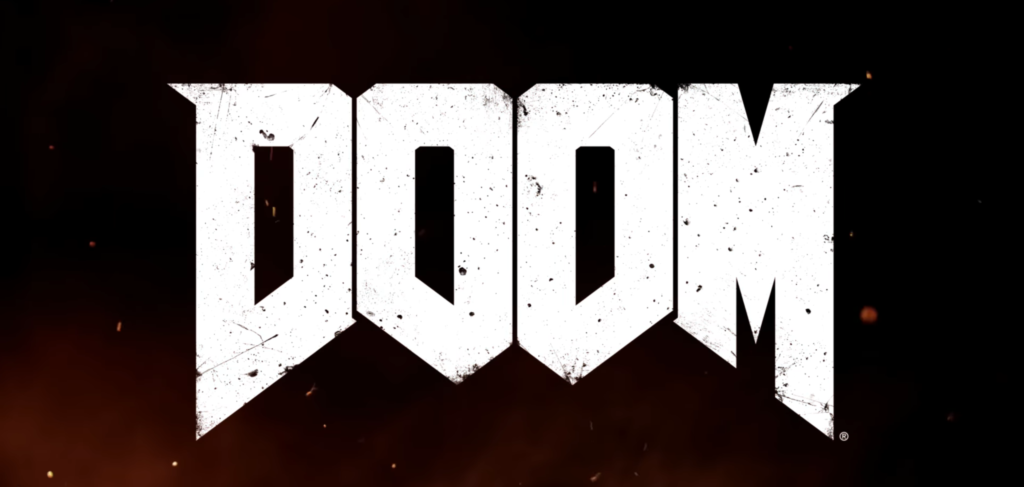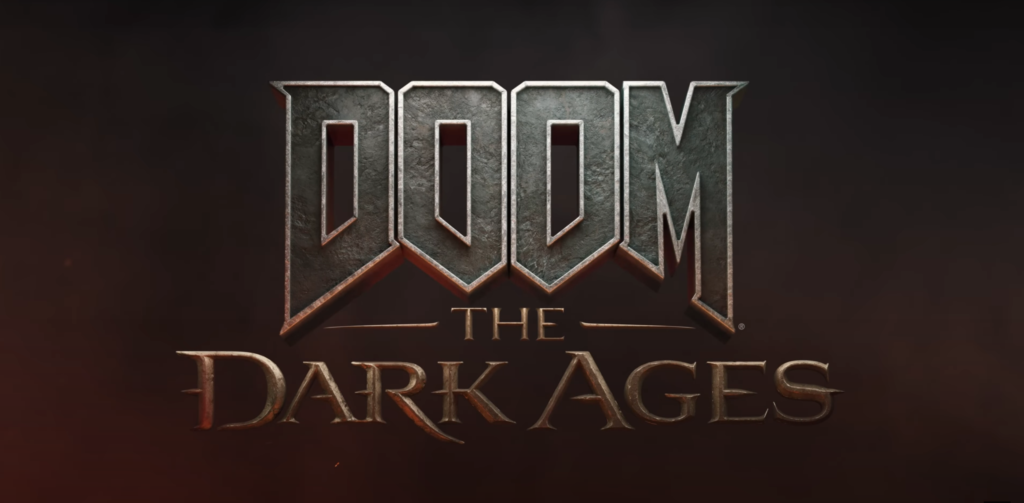
In the world of video game soundtracks, only a few of them are known with their iconic music today. Some of the best franchises are Kingdom Hearts, Final Fantasy, Legend of Zelda, Undertale and Doom. Our topic today is Doom, and how its iconic soundtracks impacted the industry of video game music.
The Doom franchise began in 1993, developed by id Software, and quickly became popular and iconic due to being an innovative, immersive 3D FPS (first-person shooter) game. Since then, more Doom titles have released, making it a successful FPS franchise, with the last main game released in 2004. Fans were naturally excited when Bethesda, their publisher, announced Doom 2016, followed by 2020 game called Doom Eternal. Let’s dive in to see why and how these games set a new standard!
The Creative Process Behind Doom’s Iconic Sound
When the game was released, the soundtrack immediately gained a legendary status among not only Doom fans, but game music composers gamers in general. There are various reasons for that but the main reason was the genius composition behind the music.
To understand this, one must know what Doom is about. Simply put, it’s a game where you’re killing demons as a Demon Slayer, but its uniqueness is summed up in a well-known joke: you’re not fighting demons—they are fighting you. The music you hear? It’s your boss music. The most popular Doom Eternal soundtrack says it best: The Only Thing They Fear Is You.
That’s a bold statement, isn’t it? Mick Gordon created a soundtrack that made people feel this as they played the game. How did he do it? He has explained this journey many times, sharing his passion for music creation.
Innovative Techniques and GDC Highlights
In his popular GDC panel, Gordon described his creative journey for Doom 2016 and the phrase that guided him: “change the process, change the outcome.” At the start, id Software specifically requested a soundtrack with “no guitars”—a surprising choice for a game with such intense action. Therefore, Gordon experimented with synths, blending industrial and electronic sounds, but quickly realized something was missing. Guitars.
To solve this, he decided to experiment by using unconventional sound sources. One of his standout innovations involved layering the sound of a chainsaw—a key element in Doom gameplay—over a guitar riff, transforming it into something raw. This breakthrough allowed him to integrate guitars back into the mix, paving the way for Doom’s signature sound. Chainsaw. Now that is hardcore. That is Doom.
Gordon’s creativity didn’t stop there. Known for his rebellious style, he also hid cryptic symbols and messages within tracks. In one song, he hid the phrase “Jesus loves you” in reverse, and another waveform included a visual of the number 666 and a pentagram, both referencing past controversies about hidden Satan messages in rock music. These playful elements not only fit Doom’s dark themes but made the soundtrack even more engaging for fans who picked up on these details.
New Genre Created: Argent Metal
The music of Doom 2016 and Doom Eternal didn’t just enhance the gameplay—it inspired a new sub-genre of metal, “Argent Metal,” named after “Argent Energy” from Doom 2016. Fans and musicians embraced this style, combining gritty riffs, heavy bass, and layers of synth and sound effects, often using unconventional “instruments” like chainsaws and distorted electronics. This mix of industrial, metal, and electronic influences created a sound that’s unmistakably Doom.
Songs like Rip and Tear, BFG Division, and The Only Thing They Fear Is You became fan favorites, spreading beyond the game’s audience through platforms like YouTube and Twitch, reacted to by many channels and content creators, including composers and sound engineers. Videos about how to create “Doom music,” or Argent Metal, became popular, showcasing the influence of these soundtracks.
Adaptive Music and Player Experience
What else made these soundtracks special beyond the unique creative process? How the music was implemented was also key to their success. Gordon didn’t just create good soundtracks—he played these games and built the music with gameplay in mind. Songs usually follow a typical structure: intro, verse, buildup, drop, bridge, and repeat. For Doom, sections flowed seamlessly, enabling id Software to use adaptive music.
Adaptive music changes with the gameplay, adjusting the music’s tempo based on gameplay intensity. For instance, when walking through calm areas, ambient low-tempo music plays. With light threats, music builds suspense; facing hordes of demons, the soundtrack hits 100%, creating an unforgettable experience. Best of all, elements are randomized, ensuring no fight sounds the same, and every battle has a unique energy.
What’s Next for Doom?

Bethesda recently announced Doom: Dark Ages, a new addition to the franchise, sparking excitement among fans. Unfortunately, Mick Gordon won’t be returning as the composer, leading to a mix of anticipation and skepticism. His sound has become so deeply associated with Doom that many fans are curious, if not anxious, to see if the new composer can match the intensity and creativity of his previous work but from the short trailer released, it seems promising so far.
Looking at the creation process, reaction from game and music fans and professionals, Mick Gordon’s work on Doom 2016 and Doom Eternal stands out as an incredible achievement. His unique approach to his project redefined what game music could be, blending sound design and adaptive technology to create an unforgettable experience, to push the limits of creativity. Doom’s soundtrack has not only left an impact on the gaming community but has also influenced how we think about music in media. I believe that Doom’s legacy as one of the most iconic soundtracks in gaming history will continue to inspire composers and resonate with fans around the world in the near future.
References
Gordon, Mick. DOOM: Behind the Music. YouTube, uploaded by GDC, 22 Aug. 2017, www.youtube.com/watch?v=U4FNBMZsqrY&t=861s.
